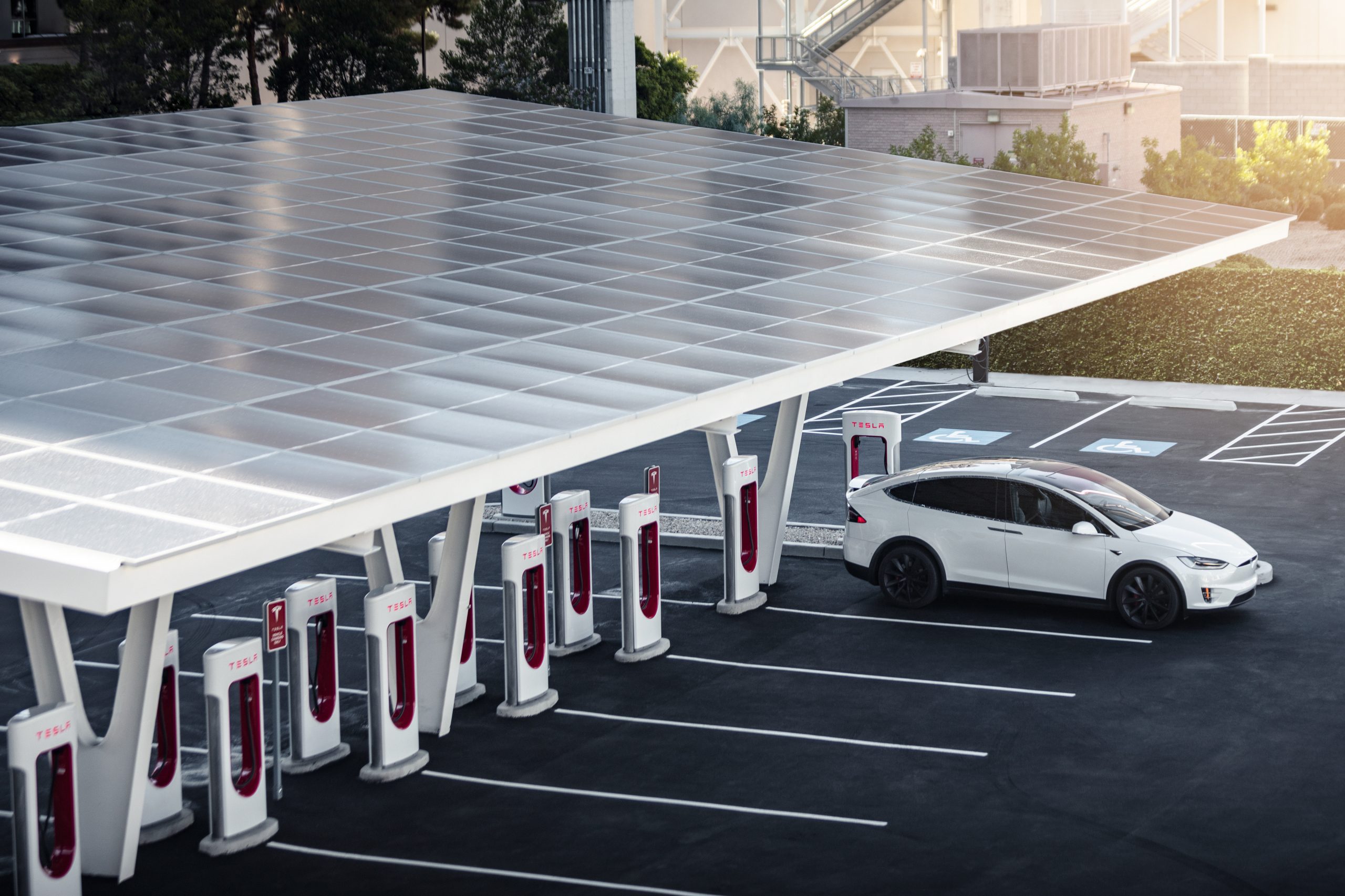For years, Tesla has been the subject of various statements by rival automakers that claim their company is superior. Electric vehicle tech, charging infrastructure, range, and performance have been where these companies have argued they are stronger and more robust a competitor than Tesla in the space.
Now, those same competitors are essentially admitting that without Tesla, they cannot succeed, and it has culminated in the war for EV charging ending before it has really even begun.
Perhaps the most significant and most important variable in the growth of electric vehicles is charging. We can argue that range is not because, for years, people have driven electric vehicles like Volkswagen’s eGolf and the Nissan Leaf, which offer low range ratings of just 125 and 150 miles, respectively.

Credit: Volkswagen
We can argue that performance is not because not everyone needs or even wants speed and acceleration. While tech is important, it is not a necessity for all drivers, as some continue to drive vehicles with tape decks and no power windows.
Everyone who drives an EV needs a place to charge. While home charging solutions are suitable for everyone, that does not solve the issue that lies behind a long commute or road trip. People need adequate charging infrastructure to make driving an EV suitable for things past a car being a daily driver. Unfortunately, while it is the most important, at least in my opinion, it has not been the variable that automakers have focused on exclusively.
Instead, automakers have boasted world-class 0-60 MPH acceleration times, range ratings that, while incredibly high, do not necessarily offer any advantages to the driver, and a look or design that is sure to be the next “Tesla killer.” Those are all great metrics to have and hold, but where it really matters is where these companies have fallen short.
But as the old saying goes: if you can’t beat them, join them.
Ford was the first major automaker to readily admit that, without Tesla’s industry-leading charging infrastructure, its plans for EV prowess would likely come to a screeching halt. They, along with everyone else who is mentioned, will not only adopt NACS but will also gain access to 12,000 Supercharger locations. General Motors, which has garnered more attention from the Biden Administration than Tesla for its “leading” EV efforts, was next.

(Credit: Tesla)
The latter was an unlikely partnership that many likely did not think was coming but to succeed in this business, one where the leader is overwhelmingly obvious and so far ahead of the others, relationships must be leveraged, and vendettas must be set aside. Companies can say they’re better than Tesla in EVs, but those who have followed the sector for any length of time must know it was all rhetoric.
But, the thesis of this is not to hound the fact that companies had to swallow their pride. It is about Tesla winning the battle of EV charging.
After Volvo vowed to make the switch to Tesla’s NACS connector in 2025 yesterday, and with plenty of others mulling over the advantages, it is clear that companies are interested in making Tesla’s strategy the U.S. standard. Even agencies like the SAE are taking expedited measures to ensure the NACS connector gains that recognition.
Charging companies are on board as well, and it is overwhelmingly clear that when it comes to adopting EVs and their strategies or accessories, Tesla is who the others are aiming to be like.
The battle for EV charging prowess has not even begun. But it has already ended, and it is better this way. If Ford, GM, Volkswagen, and others operated their own gas stations for the past century, cars would have been entirely too competitive and would have never moved forward. It is time for differences to be set aside and for the leader to lead, and Tesla is finally getting its chance.
I’d love to hear from you! If you have any comments, concerns, or questions, please email me at joey@teslarati.com. You can also reach me on Twitter @KlenderJoey, or if you have news tips, you can email us at tips@teslarati.com.

